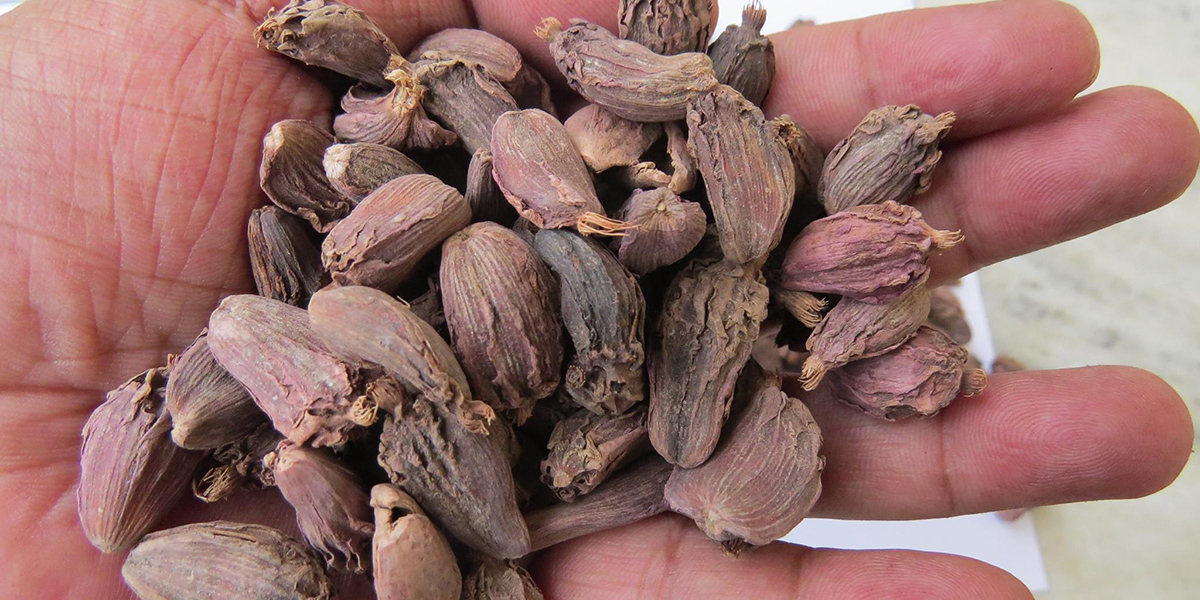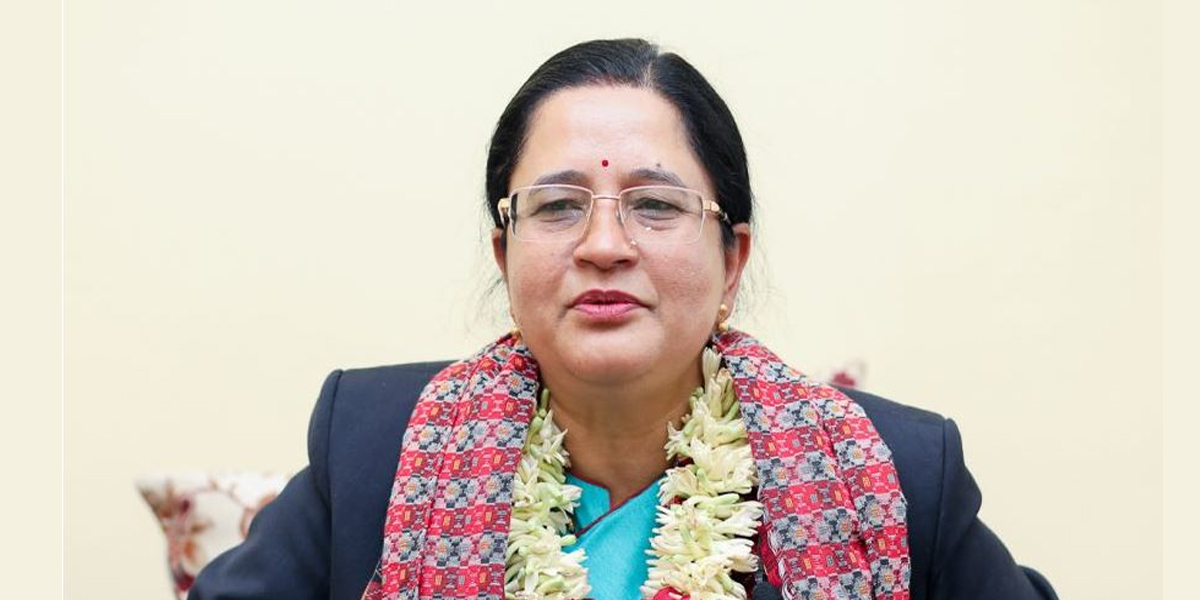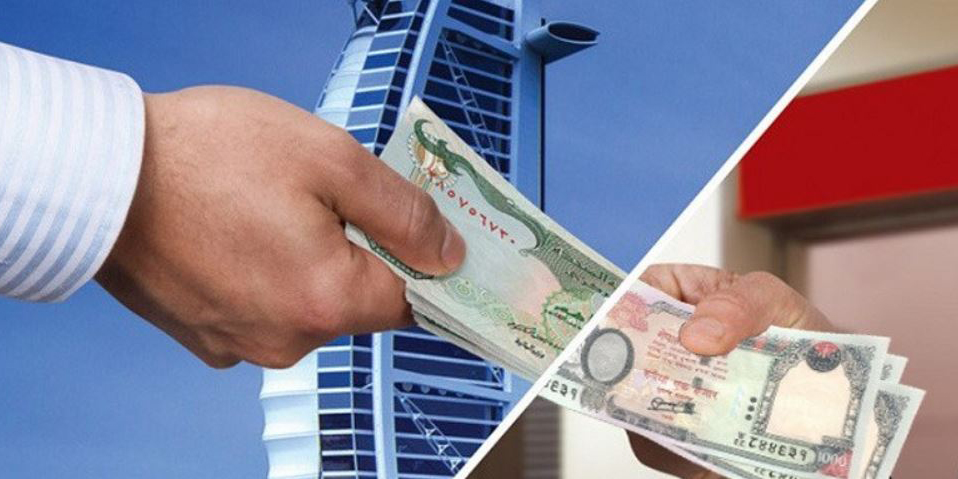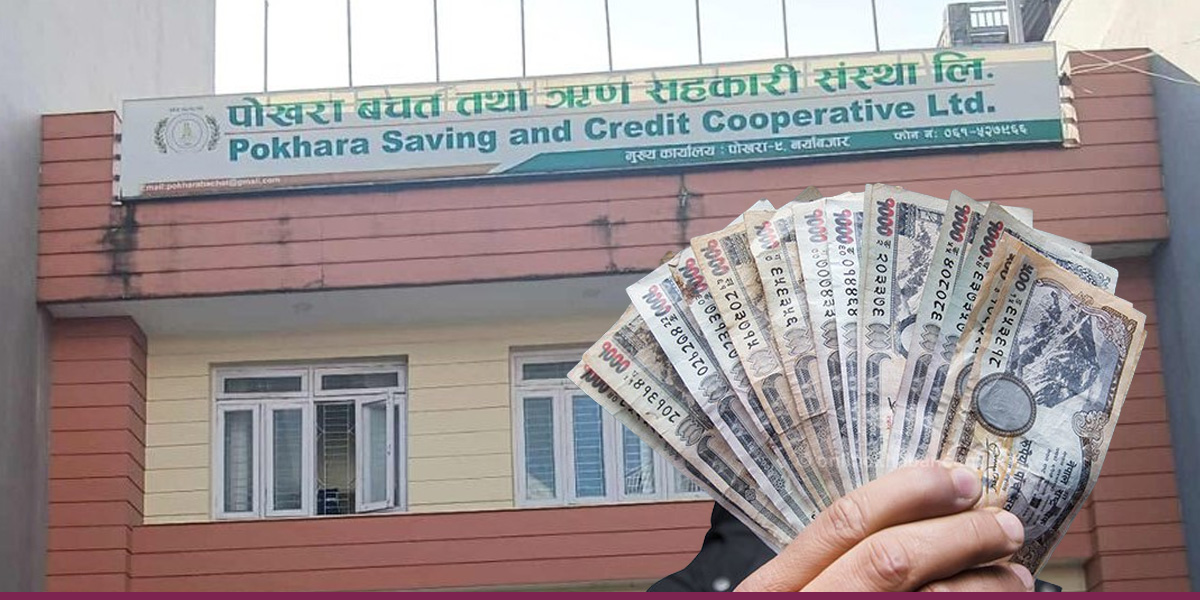
KATHMANDU: Nepal’s trade deficit narrowed by 15.9% to reach Rs 1204.42 billion during the ten months of 2022/23, compared to a 24.9% increase in the corresponding period of the previous year. The export-import ratio decreased from 10.8% to 9.8% in the review period.
The Current Macro Economic Report, based on the data of the first 10 months of fiscal year 2022/23, released by the Nepal Rastra Bank (NRB) on Friday shows the country’s merchandise exports experienced a significant decline of 24.5%, reaching Rs 130.90 billion compared to a robust 59.8% growth recorded in the same period of the previous year. Merchandise imports also decreased by 16.8%, amounting to Rs 1335.32 billion, in contrast to a 28.0% increase seen a year ago.
According to the report, there was a notable decline of 33.6% in exports to India – Nepal’s largest trading partner. However, exports to China and other countries witnessed an encouraging growth of 100.6% and 8.2%, respectively. Among the export items, zinc sheet, particle board, cardamom, woolen carpets, and polyester yarn and thread experienced positive growth. On the other hand, exports of soybean oil, palm oil, oil cakes, textiles, silverware, and jewelries faced a decline during the review period.
Regarding imports, there was a decrease in imports from India, China, and other countries, with declines of 15.1%, 21.0%, and 18.6%, respectively. Notably, imports of chemical fertilizers, sponge iron, gold, petroleum products, and paper increased, while imports of transport equipment and parts, MS billet, medicine, and telecommunication equipment and parts witnessed a decline.
The composition of foreign trade showed that intermediate and final consumption goods accounted for the majority of exports at 54.9% and 44.5%, respectively. Capital goods constituted a minimal share of only 0.6%. Imports comprised 53.2% intermediate goods, 8.4% capital goods, and 38.4% final consumption goods during the review period.

 Himal Press
Himal Press 















